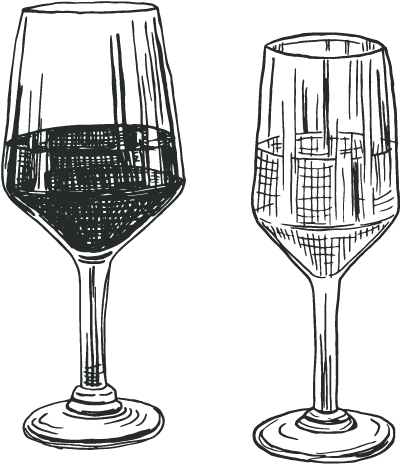Shopify Masters: How This Online Store Took a Page From Magazine Design
by Meghan Coyle
Weston Table founder Dianne O’Connor monetized her food, travel, and lifestyle blog by transforming it into an online retailer that changes with the seasons.
On Weston Table’s ecommerce website visitors are greeted with colorful lifestyle photography, step-by-step tutorials accompanied by illustrations, blog posts, and recipes. It looks like a home decor magazine.
That’s because founder Dianne O’Connor first launched Weston Table as a lifestyle, travel, and food blog. And even when she decided to monetize the blog by selling home goods, she still wanted Weston Table to feel like an entertainment platform first. Dianne looked to magazine design for inspiration. That meant considering new typefaces, using color transitions, and even wireframing the website on paper.
Dianne keeps Weston Table’s website fresh every season—just like the publication cycle of a magazine—with thousands of unique home products. Here’s her blueprint for making that happen smoothly.
Building for a bigger audience
From the beginning, Dianne knew she didn’t want Weston Table to look like any other ecommerce website. She had a clear vision of how she wanted the site to work, and she needed a tech stack that could support it. That meant thinking ahead.
“I invested in Shopify when we only had $250,000 in revenue,” Dianne says. Shopify’s enterprise solution offered her the scalability and customization she needed and Weston Table grew sales as much as 300% year-over-year.
Changing with the seasons
Dianne attributes much of Weston Table’s success to the website’s constant newness. The company entirely overhauls the site every three months. The colors, layout, and photography reflect each approaching season.
“It's not much of an entertainment platform if people come back and there's nothing new,” Dianne says. “So we try to tell new storylines every three months.” She explains that the team plans months in advance and does most of the creative in-house. Doing so gives Weston Table control over the creative and the ability to react quickly to changing trends.
Sharing the stories behind the products
Dianne still sources all of the products herself, giving her firsthand knowledge of the the making and history of the pieces. That helps her inject storytelling into the product descriptions and content on the website.
“I generally won't buy [a product] unless [the suppliers] give me a little nugget about why it's special or where it came from,” Dianne says. For example, she fell in love with oyster plates when she met a man selling them in Normandy, France. The supplier showed her how oyster plates tell the history of Europe.
Sourcing rare, handmade, and vintage pieces
Weston Table also keeps customers coming back to buy one-of-a-kind or limited-quantity pieces. Dianne says sourcing these rare products was risky at first, but once she knew her customers well, she grew more confident in picking new products for Weston Table.
To keep the process sustainable, the company allocated a budget for rarities. “We keep 10 percent of our selection for vintage and antique because they are one-of-a kind,” says Dianne.
She also works with some of her maker vendors to scale the relationship. Dianne would ask the makers to start with smaller orders and work their way up if the products sold well. “I invested in them, so they were willing to invest in me,” Dianne says.
To learn more about how Weston Table thinks creatively about website design and sourcing, listen to Dianne’s full interview on Shopify Masters.






